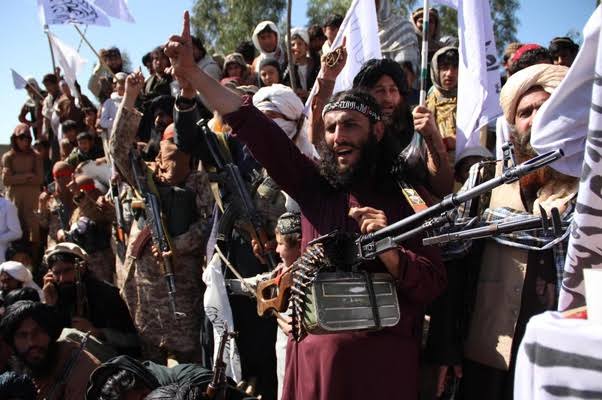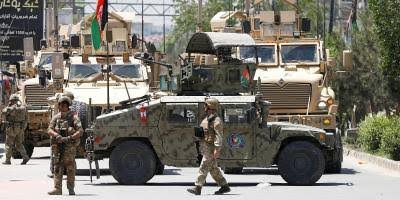
What should have been, in all other scenarios, an epilogue to the bygone era of the Cold War has turned out to be the most recognizable political event of the decade. So, to understand the genesis of how “Taliban came to Afghanistan” we need to revise the footnotes of the Cold War era.

In 1975, the Soviet Afghan Friendship treaty laid the foundation for the, almost half century long, geo-political mess that is Afghanistan. Befuddled by the growing “communist and socialist” influence in the strategically important Central Asian country, United States decided to empower the heathen with financial and military endowment and place a newly formed ‘mujahideen’ on a holy quest to rid the Afghan nation of ‘godless communists.’ Thus in 1979, immediately following the Soviet invasion of Afghanistan, began the 10-year war in the region between the US backed mujahideen and the Soviets.
Irrespective of the proclaimed intent for the war, the ousting of the Soviets and the setting up of the People’s Democratic Party of Afghanistan could not bring lasting peace in the region. Immediately following the set up of the new government in 1989, civil war erupted in the country between the new government and the rebels.
Of these, the Taliban, established in 1994, turned out to be one of the most influential groups. Immediately following its creation, it began gaining ground in the country by first capturing the Kandahar region and then just two years hence, capturing Kabul and establishing the Taliban Government for the first time. What followed next was a period of, what they called, Islamic Rule under Sharia laws.
And immediately came the ban on women education, restrictions on clothing and socializing for women, and bans on music, dance and even some sports. The lack of political and strategic interest from the rest of the world also meant that the Taliban were left to their own devices during this time, with economic sanctions being the sole instrument of opposition. But what changed the fates of the then Taliban regime were the events of 9/11.
The events of September 11, 2001 changed the geo-politics of the region. In a stated bid to obliterate the Al-Qaeda, responsible for the 9/11 attacks, the U.S. lead coalition, which included members of the Northern Alliance, finally began its occupation of the country in 2001 and ousted the Taliban from the seat of the Government. Thus, with the retreat of the Taliban into the mountains of south and south eastern Afghanistan began the 20-year war in the country between the US coalition and the Taliban.
The U.S, occupation toiled through the 20-year period while the Taliban influence also ebbed and flowed through this time with regular attacks in cities like Kabul being a common feature well into 2018. However, by this time, following back-channel diplomatic efforts between the Afghan Government, U.S and the Taliban, it was proclaimed in the 2018 Doha agreement that “violence was not an option” for the resolution of the conflict in the region. According to the agreement, the U.S. had agreed to remove troops from the country by May 1st, 2021 based on the understanding that the Afghan government and the Taliban would come to a peaceful agreement.
On April 14th, 2021 US president Joe Biden announced the complete removal of US troops by September 11, 2021 which was 5 months overdue of the time schedule agreed to at the Doha summit. Irrespective of the announced dates by the US, the Taliban had launched a major offensive on Afghan forces in the southern regions of the country. By June 7th, the fighting had started in 26 of the 34 provinces of the country and by July 21st, half of the country’s provinces are under Taliban control for the first time in 20 years.
US forces are recalled quietly with murmured promises of support to the Afghan government in the midst of this turmoil. In the following weeks embassies were emptied out from the capital and ministers were sacked and replaced within the reigning government. By August 6th, the Taliban were able to lay claim to a provincial capital in the country, a first for them in 20 years.

The dominoes began falling fast after that and amid less than expected resistance from the Afghan army and instruments of coalescence secured with several local entities the Taliban made their victorious march into Kabul. By August 15th, when India was celebrating its Independence Day, the scorched earth of Afghanistan was put on a path to uncertain future. The resignation from the President sealed the fate of the reigning Afghan government and its citizens and thus was born the Islamic Emirate of Afghanistan.
Also Read: Pregnant Afghan policewoman killed by Taliban in front of her family






